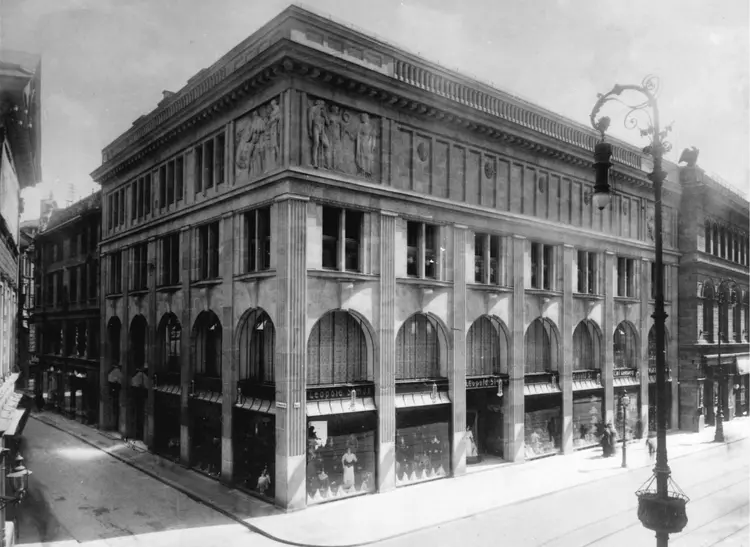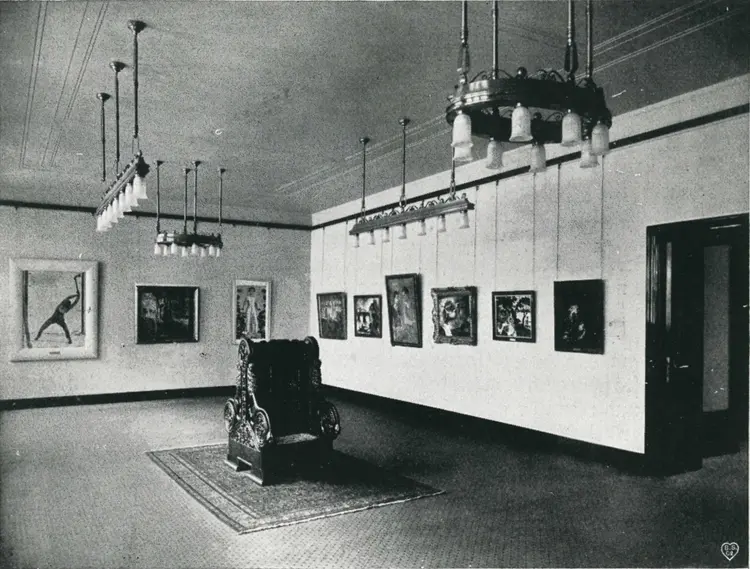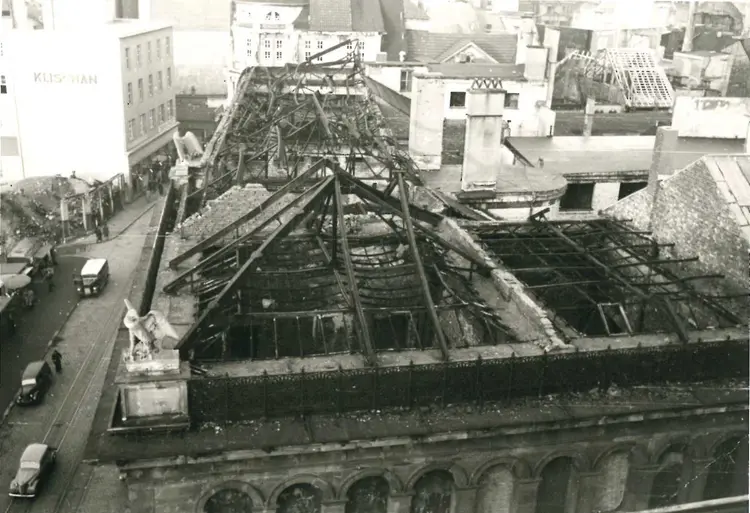HISTORY
Museum names
1827-1842
The Elberfeld town hall was built by Schinkel's student Johann Peter Cremer from Aachen in place of a dilapidated Roman Catholic church. Originally, there was a medieval castle here, as evidenced by the surrounding street names such as Burgstraße, Wall and Turmhof. It was destroyed in the great fire of 1537 and demolished in 1640.
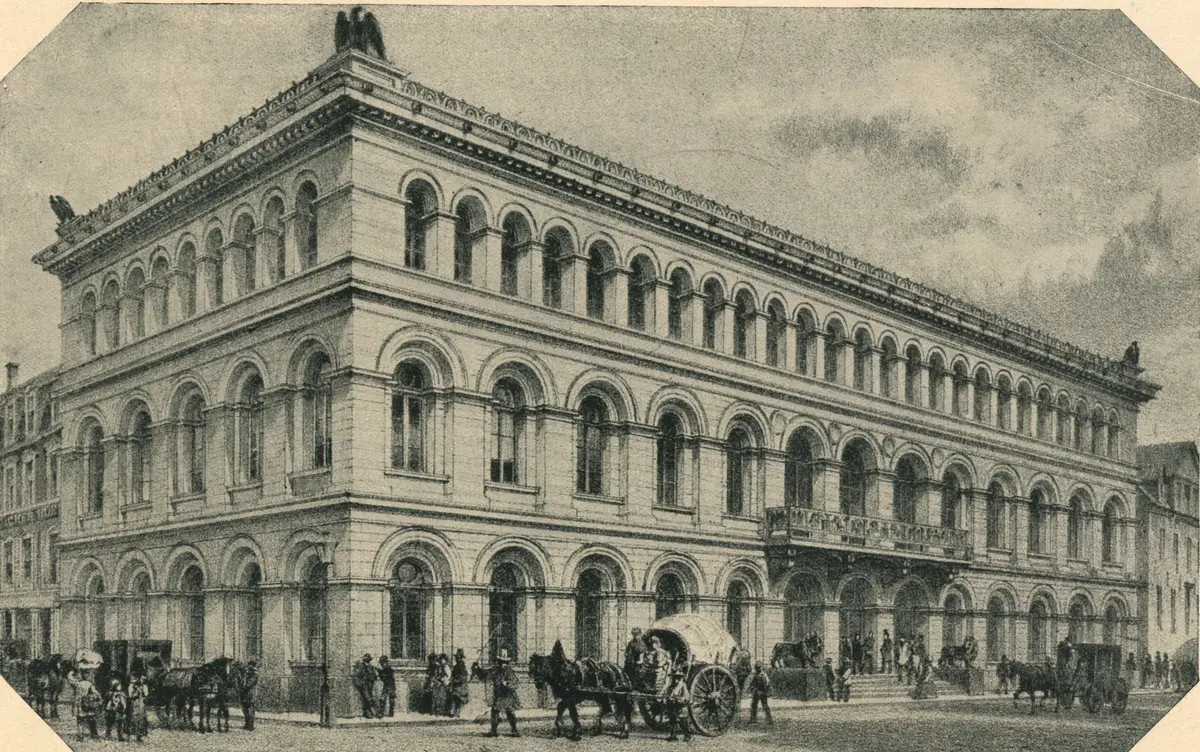
1866
Foundation of the Barmer Kunstverein with headquarters in the rooms of the "Concordia" society in Barmen.
1892
a museum association was constituted in Elberfeld, which made public appeals in the local newspaper for financial contributions and art donations.
1895
At the suggestion of the Elberfeld banker August Freiherr von der Heydt (1851-1929), the Elberfelder Museumsverein rented the second floor at Schwanenstraße 33 for exhibition purposes.
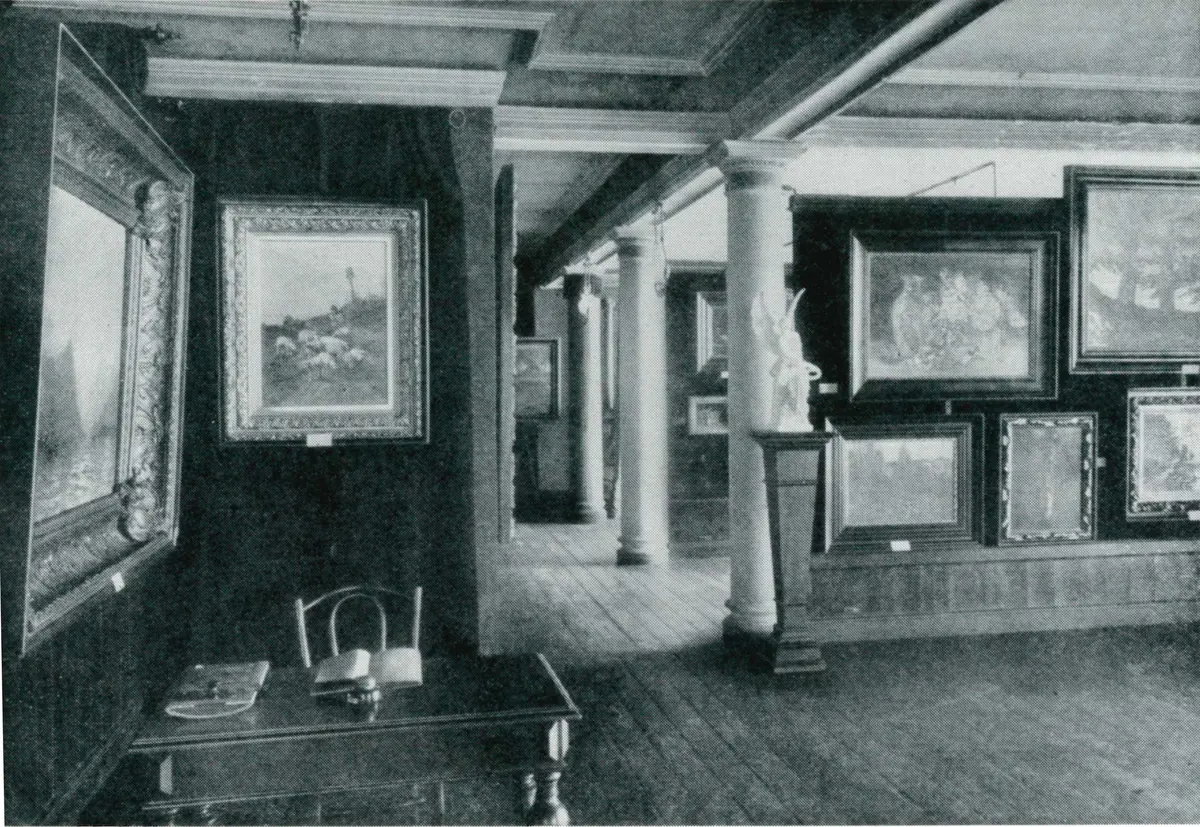
1900
Inauguration of the "Hall of Fame" in honor of Emperor Wilhelm I and Emperor Frederick III on today's Geschwister-Scholl-Platz. Built according to plans by Erdmann Hartig, head of the Barmen School of Arts and Crafts. The new building presented itself to the city of Barmen with an entrance front defined by a portico of columns, behind which opened a hall with more columns and a magnificent dome. The interior had several rooms, including its own municipal library and, on the upper floor, the Kunstverein's art gallery.
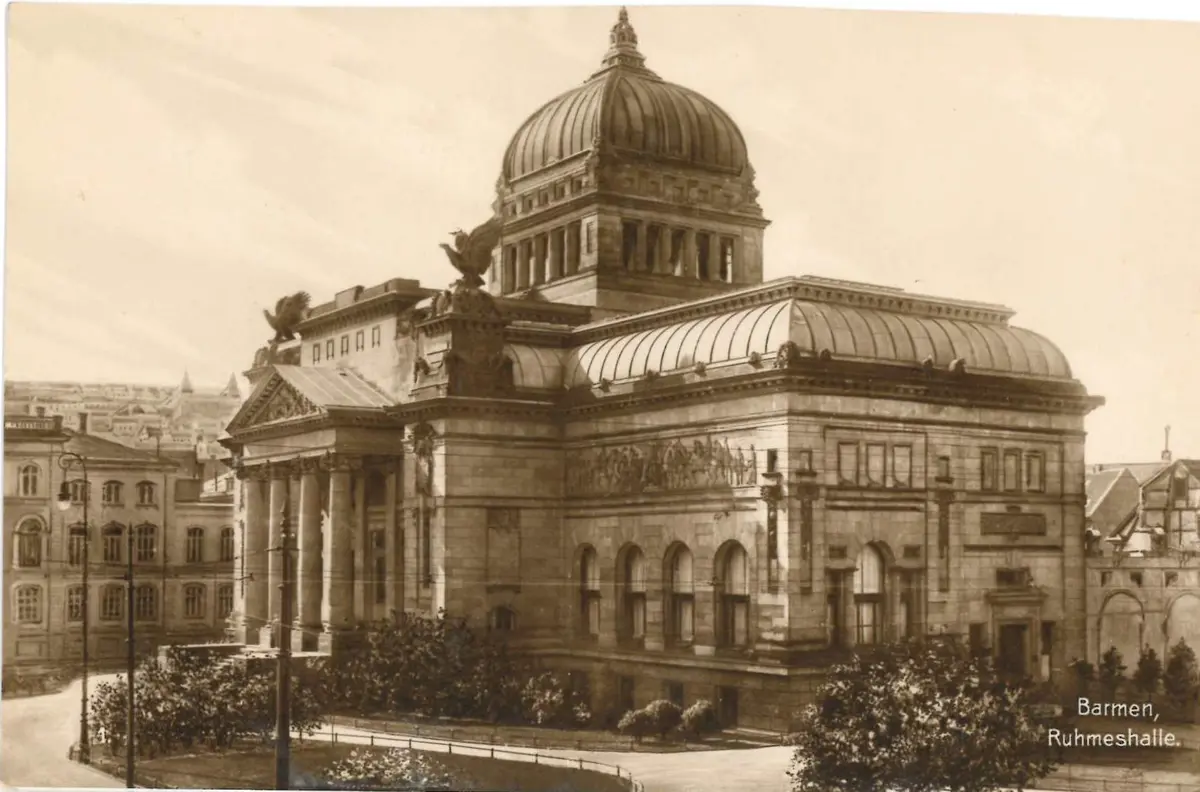
1902
after a new town hall was built at Elberfelder Markt, the former town hall at Turmhof was set up as a museum. On the second floor, an antique plaster cast collection, donated by Julius Schmits, (given to the schools in the early 1930s; now lost) and arts and crafts were presented in five side-lit rooms. The first director of the house was Dr. Friedrich Fries, formerly a lecturer at the Städtisches Kunstinstitut in Frankfurt.
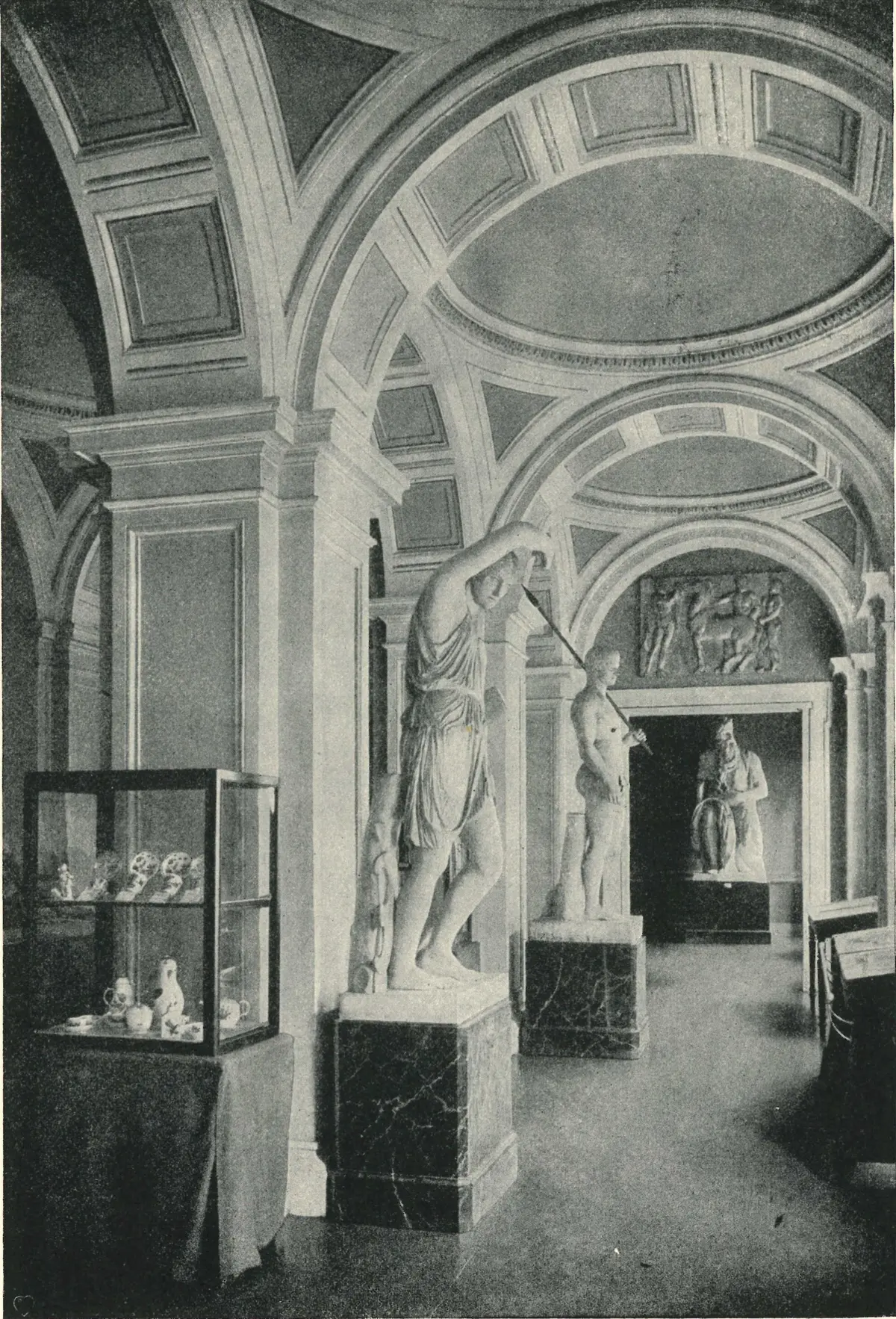
1905-1914
August von der Heydt and his brother-in-law Julius Schmits donate ten paintings by Hans von Marées. In 1907, a significant donation from Eduard Springmann expanded the copperplate engraving cabinet to include sculptures, a coin collection, arts and crafts, local history department, a library and a photo collection. The Hans Heinrich Freimuth Foundation contributed capital interest and a copperplate engraving collection of prints by Jacques Callot and William Hogarth to the museum.
1907
Richart Reiche (1876-1943), an art historian from Barmen, became artistic director of the Kunsthalle Barmen. In 1910, modern art was introduced to the Barmen public for the first time with the exhibition of the "Neue Künstlervereinigung München (NKVM)". The Kunsthalle was a center of expressionist art until the First World War. Exhibitions with works by Wassili Kandinsky, Franz Marc, Alexej Jawlensky, among others.
1910
On the occasion of the 300th anniversary of the city of Elberfeld, Emmy Weyerbusch donated her ceramic collection to the museum, 40 pieces of the finest Copenhagen porcelain were donated by Adolf Simons and 23 paintings were added to the museum.
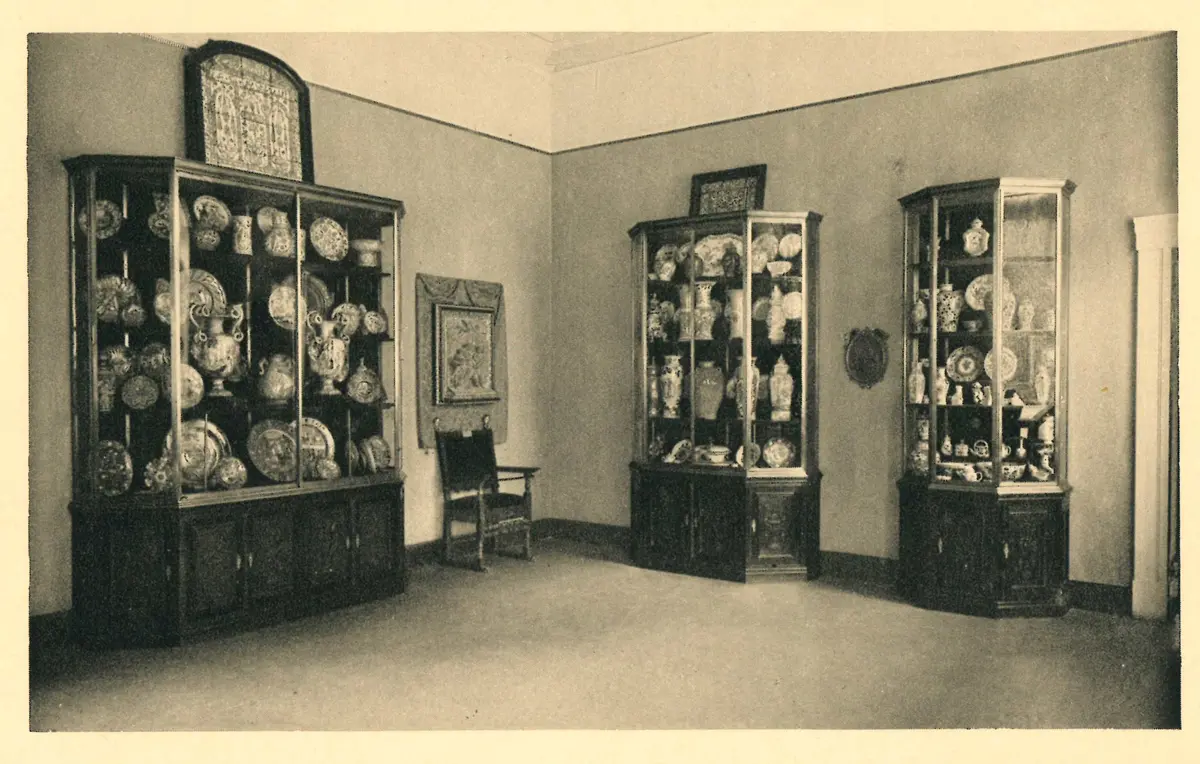
1912
succeeded in reserving the upper rooms of a new commercial building planned by the city directly next to the museum for exhibitions. With the presentation of works by Hans von Marées, these rooms were ceremoniously opened on January 23, 1913. In other rooms, French Impressionists, Expressionists and numerous works by Ferdinand Hodler were on display. There was also a Biedermeier room, which was also equipped with furniture of the time and corresponding porcelain.

1930
Museum director Friedrich Fries, with the support of numerous benefactors and sponsors, acquired works of Dutch painting from the 15th and 17th centuries, examples of French painting and landscapes by Henri Rousseau, Charles-François Daubigny, Gustave Courbet, Paul Cézanne and Claude Monet were purchased. To show the development of German painting in the 19th century was close to Friedrich Fries' heart. In 1910, the exhibition of the "Neue Künstlervereinigung München" was also shown in the Elberfelder Museum after a first stop in the Barmer Kunsthalle. In 1911, through the mediation of August von der Heydt, the Elberfelder Museumsverein acquired Pablo Picasso's painting "Acrobat and Young Harlequin" (1905) in Paris, which was donated to the Elberfeld Municipal Museum (confiscated by the Nazis in 1937 as "degenerate art"). It is the first work of Picasso in a museum.
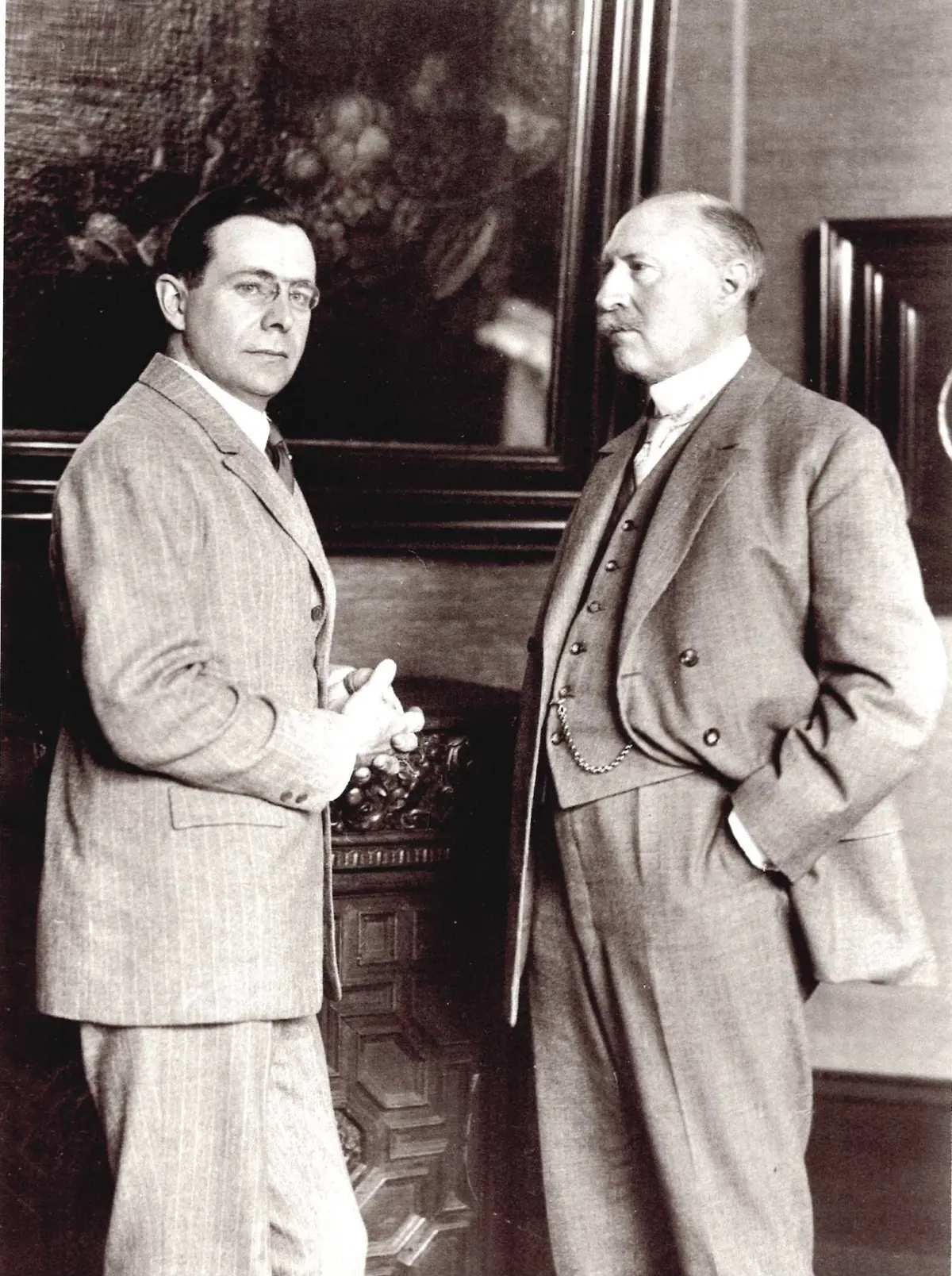
1914-1918
the museum bore the name "Kaiser Wilhelm Museum". In a cabinet, modern loans from the Von der Heydt family were constantly on display at the time.
1923
erhielt das Museum eine bescheidene Erweiterung durch Anmietung des obersten Stockwerks des Eckhauses Burgstraße/Schwanenstraße.
1929
(August 31), Elberfeld and Barmen merged to form the city of Wuppertal. The first museum director, Dr. Friedrich Fries, retired in 1929 after 27 years in office. Dr. Victor Dirksen was appointed as the new museum director in 1929 (in office until 1952). The artistic director of the Barmer Kunstverein, which had existed since 1866, Dr. Richart Reiche, resigned in 1931. Dr. Dirksen was now the director of both, the Elberfeld Municipal Museum and the Hall of Fame in Barmen. The museum was renamed the Städtisches Museum Wuppertal. After August von der Heydt died in 1929, his widow, Selma von der Heydt, donated paintings by Paul Gauguin, Paula Modersohn-Becker, Emil Nolde, Heinrich Nauen, Karl Schmidt-Rottluff and Max Pechstein to the museum in his memory.
The city of Wuppertal now had two museums under one management: the Kunsthalle Barmen with its progressive exhibition policy and the Städtisches Museum in Elberfeld with its collection of old and new art. A new era dawned. The collection of antique plaster casts was handed over to the schools.
1937-1938
During actions against so-called "degenerate art" in 1937 and 1938, 56 works of modern painting (including Lyonel Feininger's painting "Schären-Kreuzer" and Pablo Picasso's "Akrobat und junger Harlekin") were confiscated in Elberfeld, and 83 works of graphic art were confiscated in Barmen. Many works owned by the Barmer Kunstverein were returned to their donors, as were the loans from the von der Heydt family, in order to protect them from the Nazis.
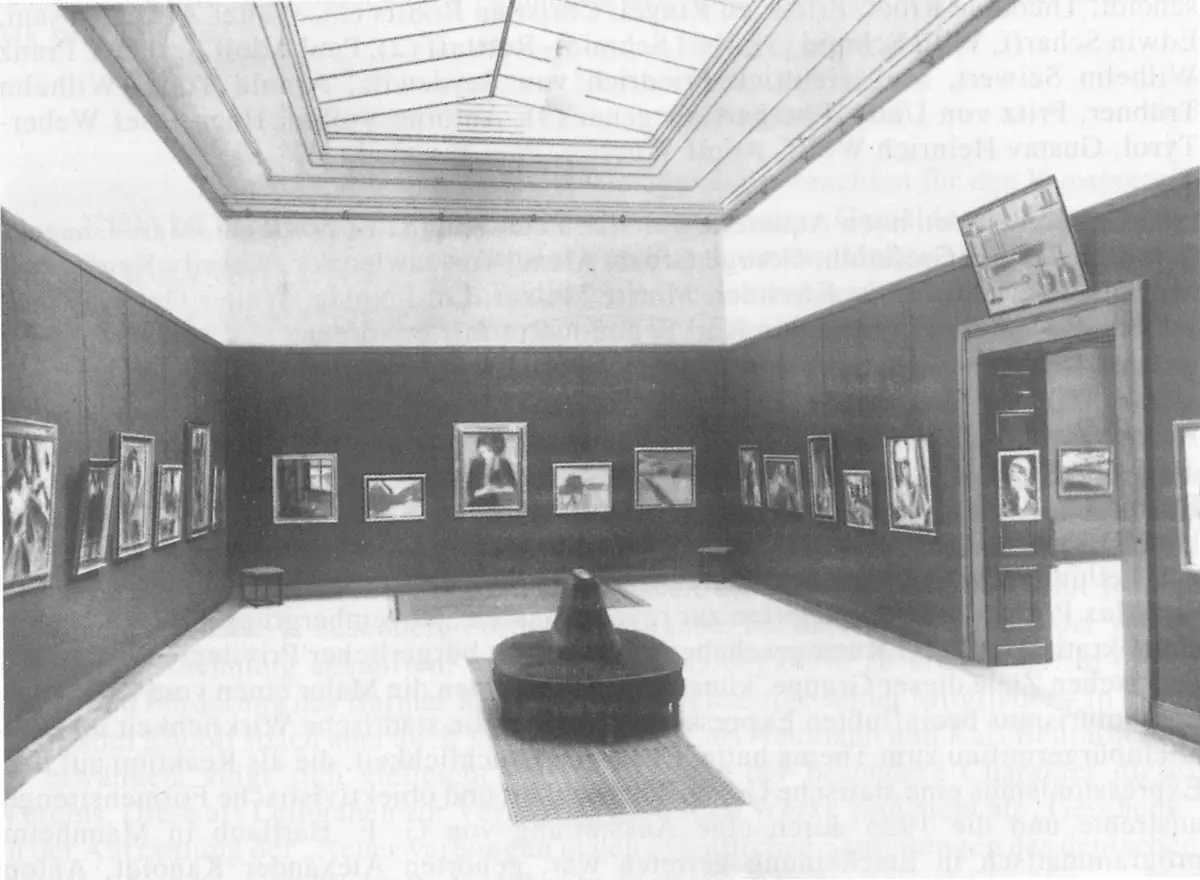
1937-1938
In the course of the National Socialist "Degenerate Art" campaign, many works of modern art were seized from the Kunstverein.
1937
The banker Eduard Freiherr von der Heydt (1882-1964), son of August and Selma von der Heydt, since 1926 resident on Monte Verità near Ascona, left an important collection of Indonesian textiles to the museum. Parts of it had already been shown in 1905 in an exhibition of the Elberfeld Municipal Museum.
1943
parts of the museum collection were moved in several transports from Elberfeld to the Ehrenbreitstein fortress. In May 1943, the Barmen Hall of Fame burned down and with it valuable remaining stocks in the basement depot. During the bombing raid on Elberfeld on June 25, 1943, the museum was severely damaged, the second floor completely destroyed. Only the outer walls of the corner Wall/Turmhof remained.
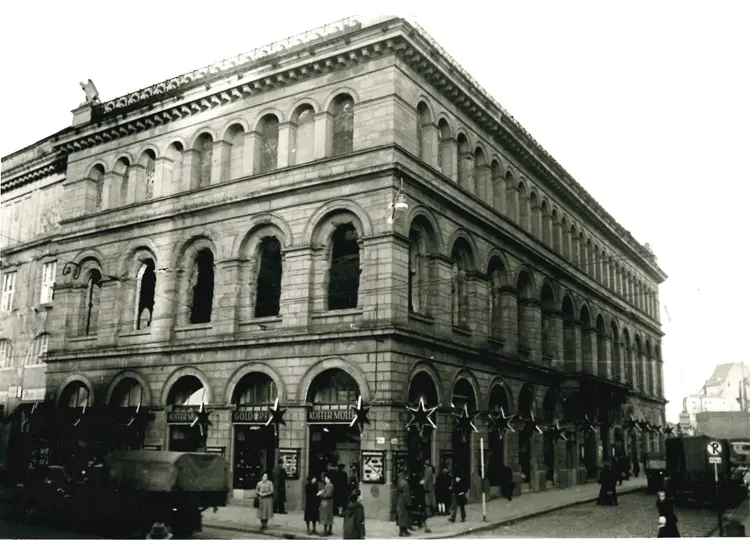
1943
Destruction of the "Hall of Fame" by a bombing raid. Many works fall victim to the flames. Paintings that remained intact went to the Barmer Kunstverein and the Elberfelder Museumsverein.
1945
exhibitions and lectures were held again in the museum already in December. Through the initiative of the businessmen, the first floor was restored. On September 5, 1950, repaired exhibition halls on the upper floor were reopened. Until 1953, exhibitions of the museum were also held in the "Studio for New Art" in the house of the architect Heinz Rasch at Döppersberg 24. The spirit of optimism after the war led to the merger of the two art associations - the Barmer Kunstverein and the Elberfelder Museumsverein - to form the Kunst- und Museumsverein Wuppertal in 1946. As successor to Dr. Viktor Dirksen, Dr. Harald Seiler became the new museum director in 1952 (until 1962).
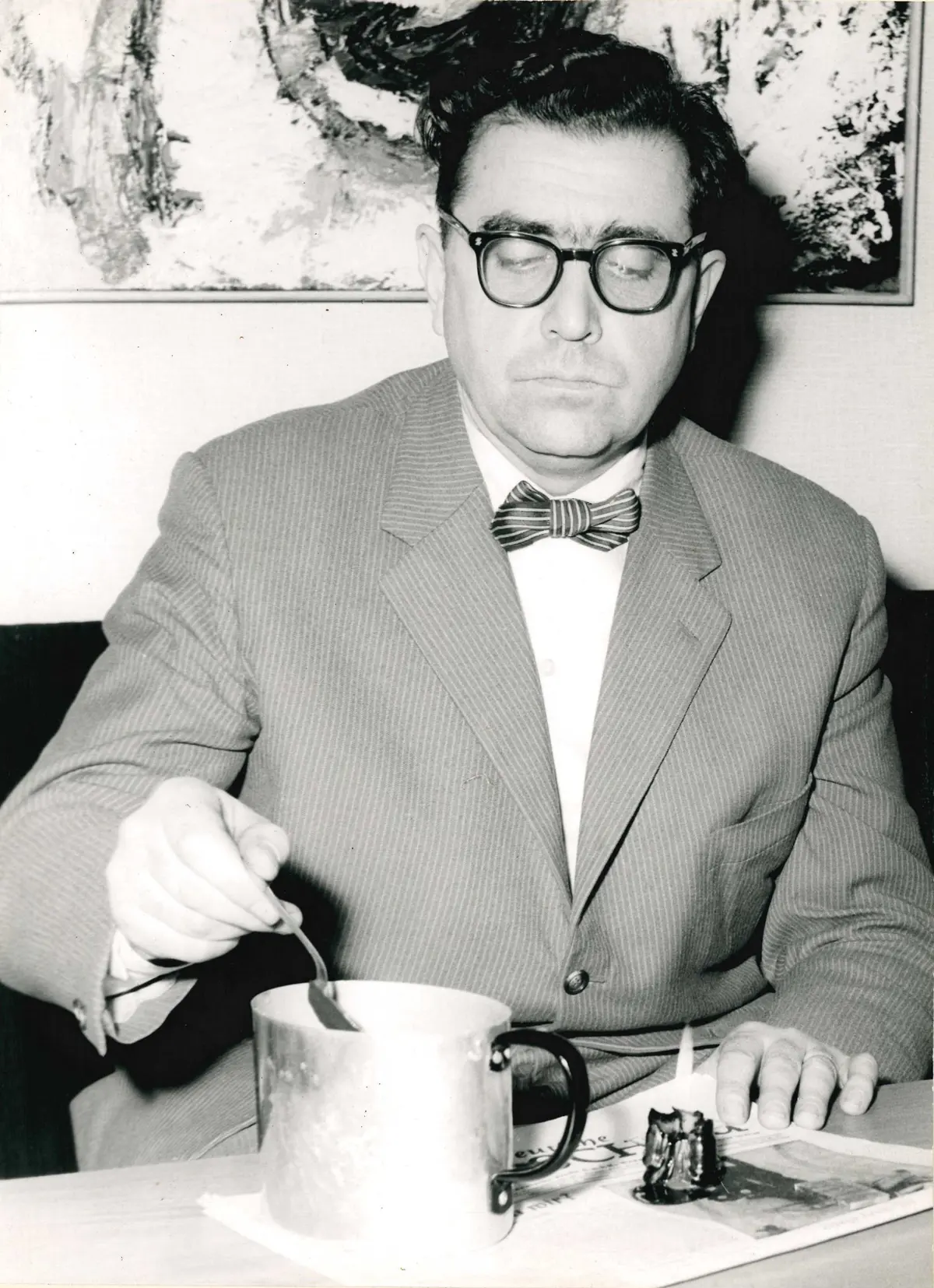
1950
First exhibitions in the Barmer Kunsthalle. In mid-1953, establishment of a "Studio for New Art" in the Ruhmeshalle, which was closed in 1955 due to pending renovation work.
1952
Eduard von der Heydt's first donations to the museum, including numerous Dutch works, but predominantly paintings and sculptures from the 19th and 20th centuries. In gratitude to its great donors August and Eduard von der Heydt, the museum was renamed the "Von der Heydt Museum" in 1961.
1958
Completion of the reconstruction of the Hall of Fame in a modified form. The rooms were opened with the exhibition "Modern Art in Wuppertal Private Ownership". Numerous temporary exhibitions of the museum were held in Barmen from then on.
1962
Dr. Günter Aust became museum director (until 1985), succeeding Dr. Harald Seiler.
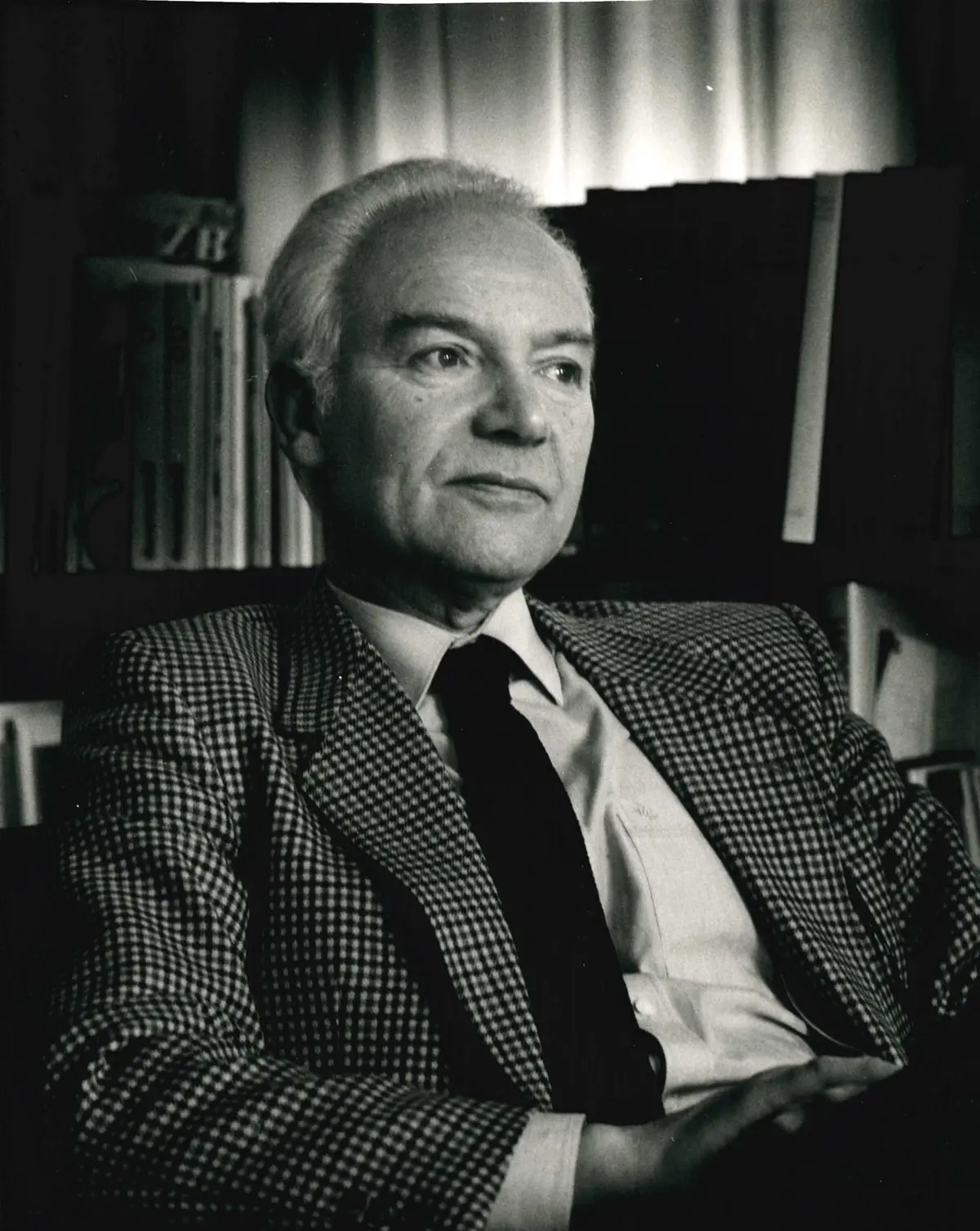
1964
Nach dem Tod Eduard von der Heydts erhielt das Museum seinen Nachlass der Werke europäischer Kunst, darunter bedeutende Beispiele von Edgar Degas, Paul Cézanne, Auguste Renoir, Claude Monet, Vincent van Gogh, Georges Seurat und Pablo Picasso. Aus den Geldmitteln der Eduard von der Heydt-Stiftung kann das Museum bis heute Kunstwerke erwerben.
1985
Dr. Sabine Fehlemann übernahm das Amt der Museumsleitung (bis 2006). Nach 20-jährigen erfolglosen Um- und Neubaugedanken beschloss der Rat im Juni 1985 eine großzügige Umbaulösung für das Museum am alten Standort. Die Durchführung über-nahmen die Kölner Architekten Peter Busmann und Dr. Godfrid Haberer. Durch Überbauung des Innenhofs gewann das Museum zusätzlich Nutzfläche. In der Umbauzeit gingen Teile der Sammlung auf große Welttournee.
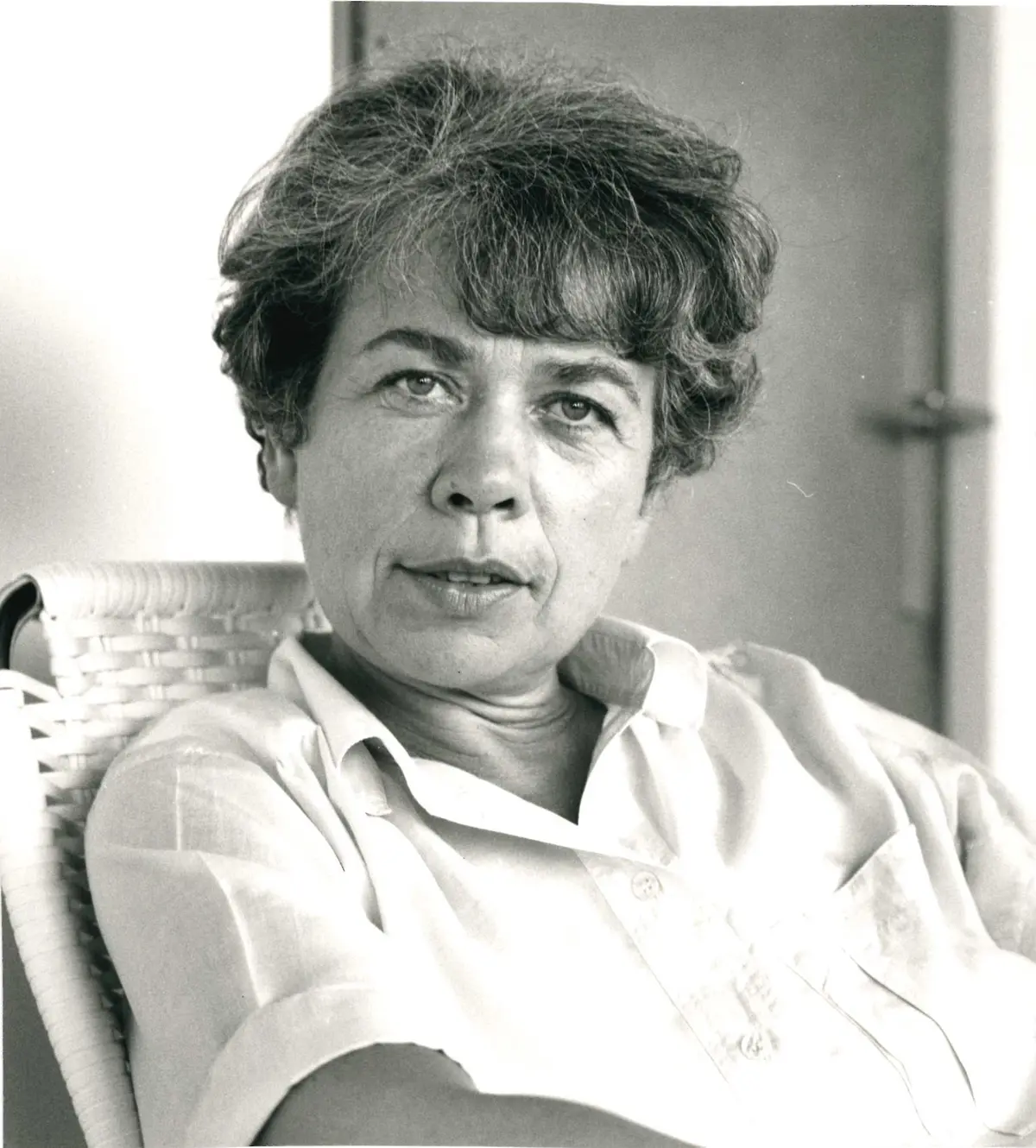
1985
The former "Hall of Fame", now known as the "House of Youth", was listed as a historical monument.
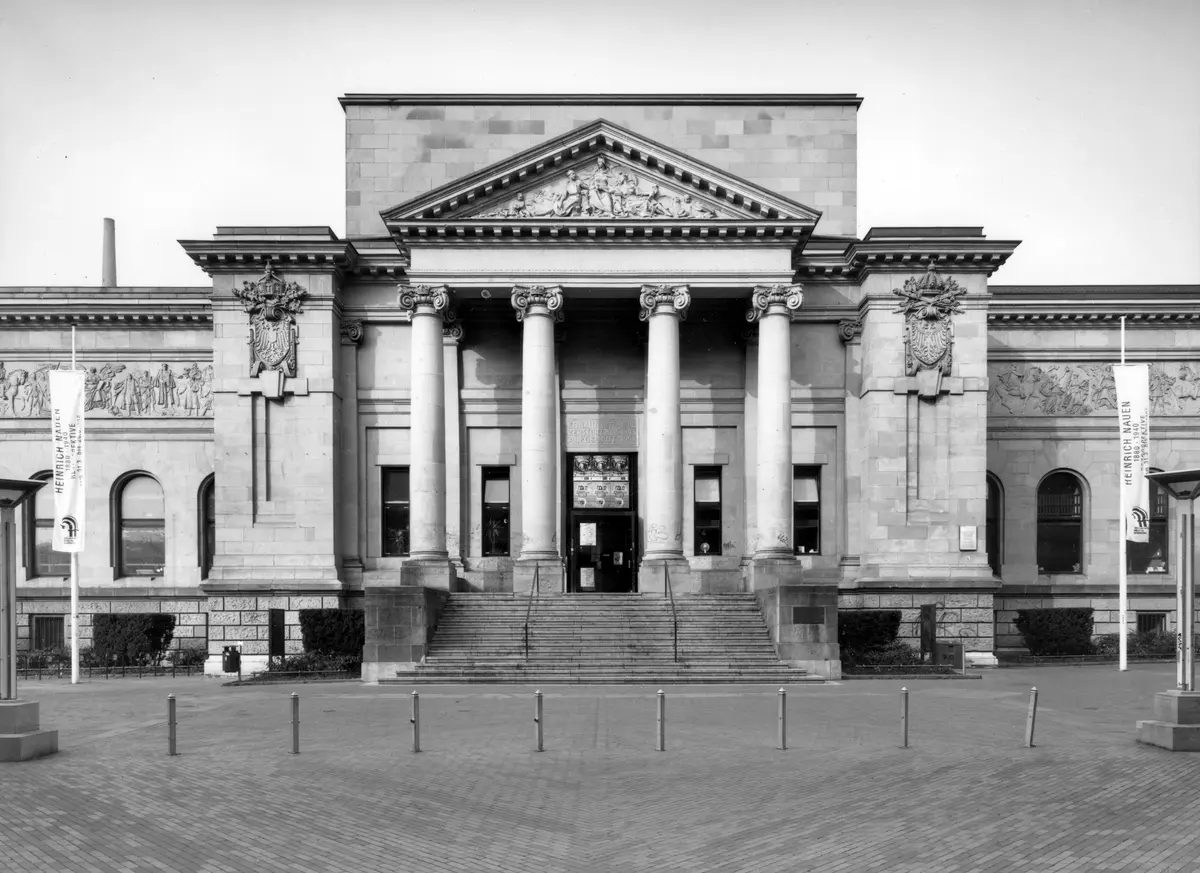
1990
On March 25, official reopening of the museum in the presence of Bundestag President Prof. Dr. Rita Süssmuth and Minister President Dr. h.c. Johannes Rau.
2006
Dr. Gerhard Finckh takes office (until 2019). Large exhibitions on French Impressionism were realized, the supraregional reputation of the museum was expanded.
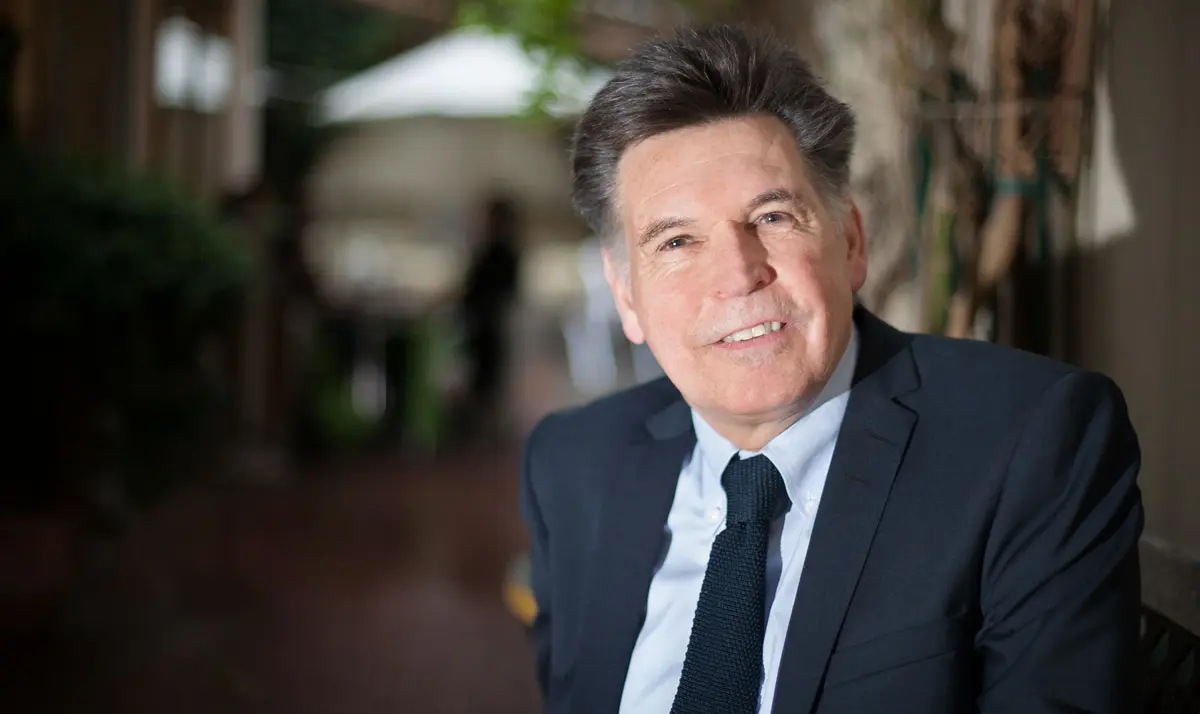
2007
Once again, renovation measures became necessary: the ventilation system and fire protection were brought up to the latest standards, an energy renovation was implemented, an annex that housed the city library was removed, and all rooms in the Kunsthalle received new luminous ceilings.
2011
After completion of the renovation work, the rooms, now under the name Von der Heydt Kunsthalle, were reopened by Dr. Gerhard Finckh.
2013
The cooperation agreement between the non-profit Von der Heydt-Museum gGmbH and the city was sealed. Only in this way is it possible for the city to maintain and expand the museum despite the tight budget situation. The respective acting museum director is the managing director of the gGmbH.
2020
Dr. Roland Mönig takes office as museum director.
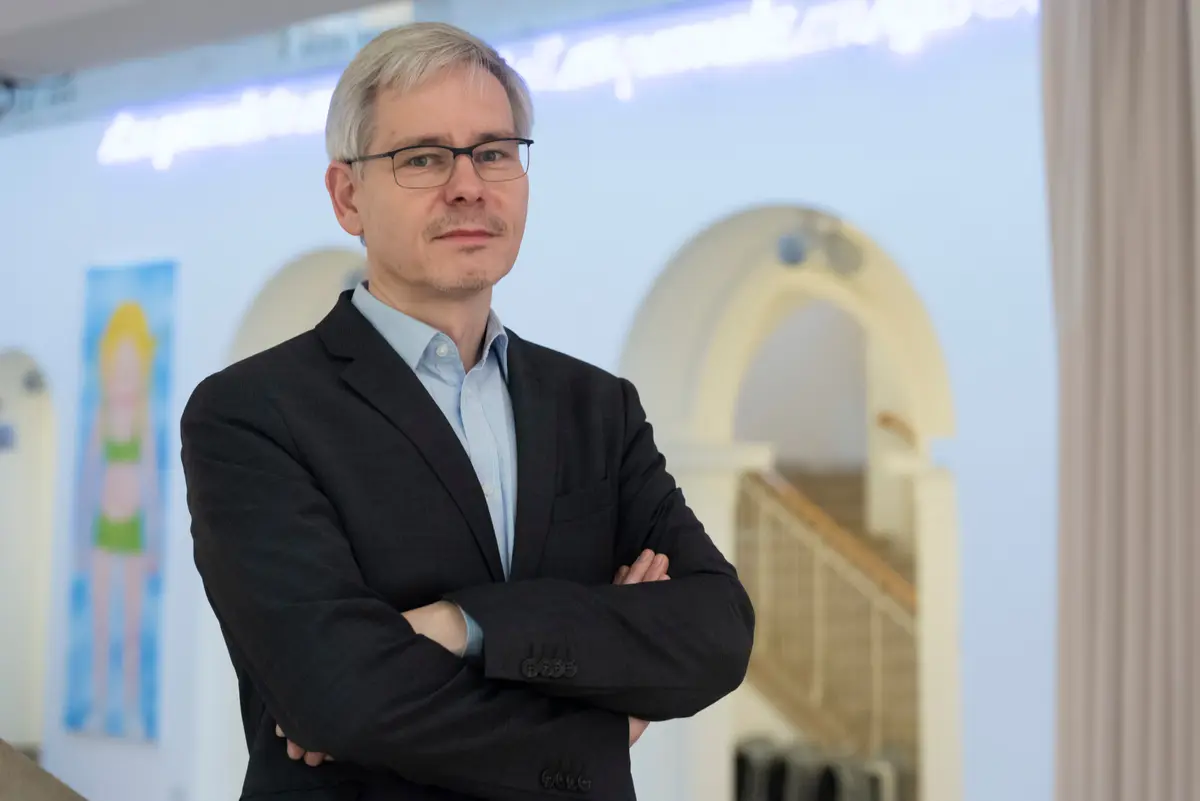
2020
the rooms of the Kunsthalle, which had served as a dependency of the Von der Heydt Museum since the post-war period, were transferred to the responsibility of the city of Wuppertal. However, the Kunst- und Museumsverein retains the right to realize exhibitions there.

